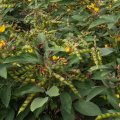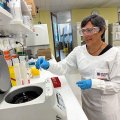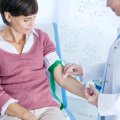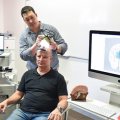Managing risks in the resources industry is an ever changing challenge – however University of Queensland (UQ) researchers working with coal industry experts are making it easier through the development of an online database that delivers a contemporary body of knowledge on managing mine site risks.
The program, RISKGATE, enables coal industry personnel to better understand and control major selected incidents by providing information on event-specific controls.
RISKGATE researchers at the Minerals Industry Safety and Health Centre (SMI-MISHC) within UQ’s Sustainable Minerals Institute have applied the unique Bow Tie Analysis (BTA) system to improve control identification and enable miners to better consider the range of causes and consequences for selected activities.
Eleven high-consequence risk areas have been explored in recent years: tyres & rims, isolation, collisions, strata control, ground control, fires, explosives (underground), explosives (open cut), explosions, manual tasks and slips, trips and falls.
Now, the Australian Coal Association Research Program (ACARP) has provided a further $1.3m funding to enable researchers to investigate six more areas: outbursts, inrush, coal bursts/ bumps, interface – controls and displays, hazardous chemicals and tailings dams.
“At the start of this project, the coal industry identified 12 key target areas. Through our work, the project has expanded to target at least 17 areas of major risk to the industry,”UQ Associate Professor and RISKGate Project Manager Philipp Kirsch said.
The latest round of funding takes ACARP’s total RISKGATE investment to $3.5m, which is the Research Program’s largest investment in health and safety.
“Australian coal companies focus significant resources in managing risk. With RISKGATE, you will have the ability to bring the industries current knowledge into the room when you do a risk assessment,” Tony Egan from Xstrata Coal said on behalf of ACARP.
The funding announcement coincides with ACARP officially launching the RISKGATE website (www.riskgate.org) where coal mining companies will be able to access the program to better manage risks across their operations.
“The database we have developed is the most comprehensive in Australia. There has been input from Australia’s six largest coal companies and I am confident it will lead to fewer incidents,” Associate Professor Kirsch said.
Industry input is being sought for the next round of research – companies should contact Associate Professor Kirsch to find out more.
For further information, please contact: Associate Professor Philipp Kirsch, RISKGATE Project Manager, Minerals Industry Safety and Health Centre, 07 3346 4294, a.bednarek@uq.edu.au or Anna Bednarek
Communications Manager, Sustainable Minerals Institute, 07 3346 4240, a.bednarek@uq.edu.au
Background
SUSTAINABLE MINERALS INSTITUTE
The Sustainable Minerals Institute is made up of seven research centres whose disciplinary roots lie in people, environment and production. Established in 2001, the Institute’s research covers all facets of mining from exploration to site rehabilitation. The Institute has approximately 350 staff including 100 postgraduate students. For more information go to http://www.smi.uq.edu.au
MINERALS INDUSTRY SAFETY AND HEALTH CENTRE
The Minerals Industry Safety and Health Centre is an internationally recognised provider of risk, health and safety research and education for the global minerals industry. With a focus
on applied research, MISHC researchers focus on leading practice systems and procedures to solve existing health and safety challenges. For more information go to http://www.mishc.uq.edu.au
.jpg)











